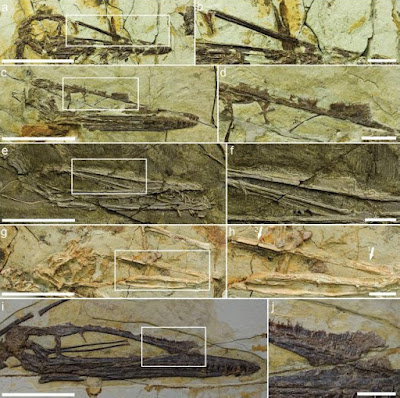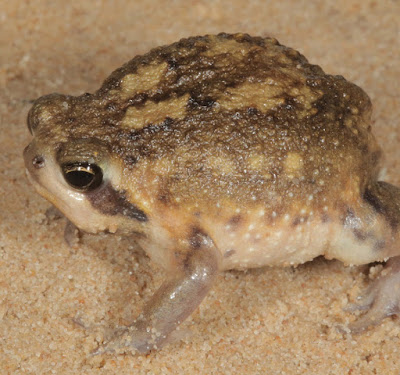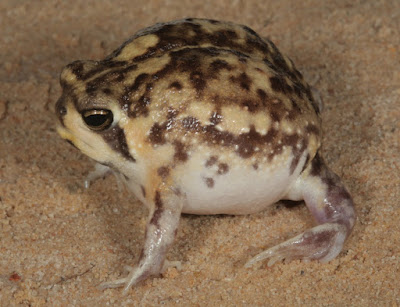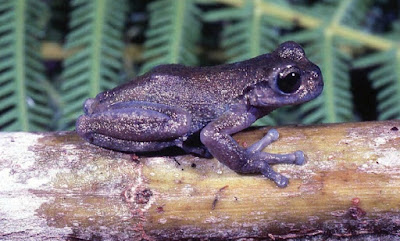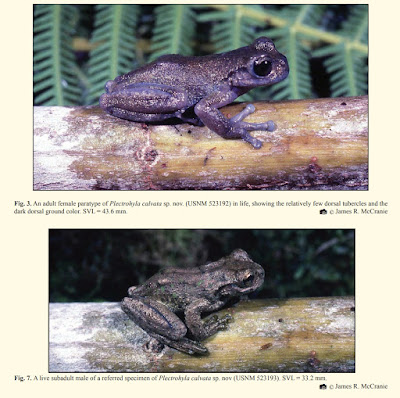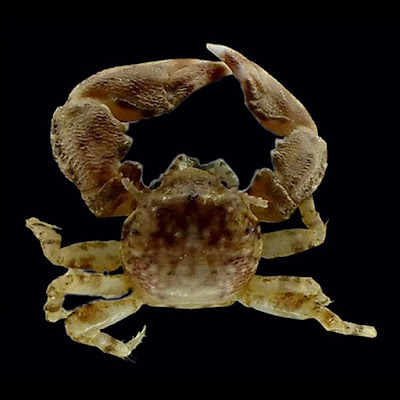 |
| Calanthe cootesii M.A. Naive |
Abstract
Calanthe cootesii M.A. Naive from Mt. Maagnaw, Kitanglad Mountain Range, Bukidnon, is described and illustrated. Morphological diagnostic characters of related species of the genus are discussed. Though similar to C. brassii Ormerod, the new species is clearly distinguished by having a marked difference in the shape of the lip and the reflexed and recurved floral segments. It is also allied to C. davaensis Ames, but the new species is clearly distinguished by having smaller and greenish flowers with an indistinct spur.
Keyword: Bukidnon, Calanthe cootesii, Kitanglad Mountain Range, Mt. Maagnaw, New species, Orchidaceae, Philippines
 |
| Fig. 2. Calanthe cootesii M.A. Naive. A. Habit B. Inflorescence (Taken from Holotype M.A. Naive 016/2017) Photos by: Mark Arcebal K. Naive. |
Calanthe cootesii M.A. Naive, sp. nov.
Type: PHILIPPINES, Northern Mindanao, Bukidnon, Kitanglad Mountain Range, Mt. Maagnaw, terrestrial in mossy forest with deeply shaded locations and humid environments along the trail, elevation 2645 m, 15 April 2017, M.A. Naive 016/2017 (HOLOTYPE: CMUH00010871 with spirit collection)
Diagnosis: Calanthe cootesii M.A. Naive is similar to Calanthe brassii Ormerod, however, it can be recognized by having a marked difference in the shape of the lip, and the midlobe which is short, bilobed and triangular. It also differs in having revolute and reflexed floral segments and by having a slightly reclinate pedicel and ovary. By having a revolute and reflexed sepals and petals, C. cootesii is allied to Calanthe davaensis, but differs significantly in smaller and greenish flowers, the shape of the floral segments, and the leaves. Also, C. cootesii is clearly distinguished from C. davaensis by having an indistinct spur (vs. distinct spur).
Etymology: Named in honour of my mentor, Jim Cootes, a distinguished Philippine native orchid expert and taxonomist.
Ecology: Calanthe cootesii is a terrestrial understory herb, growing in leaf litter, humus-rich soils in mossy forest at an elevation between 2600–2700 metres above sea level.
Distribution: Calanthe cootesii is a local endemic species, only collected at the type locality in Mount Maagnaw, Kitanglad Mountain Range, Bukidnon, Northern Mindanao, Philippines.
Mark Arcebal K. Naive. 2017. Calanthe cootesii sp. nov. (Orchidaceae; Epidendroideae; Collabieae): A New Species from the Southern Philippines.
Taiwania. 62(3);331-334. DOI: 10.6165/tai.2017.62.331
Taiwania. 62(3);331-334. DOI: 10.6165/tai.2017.62.331





